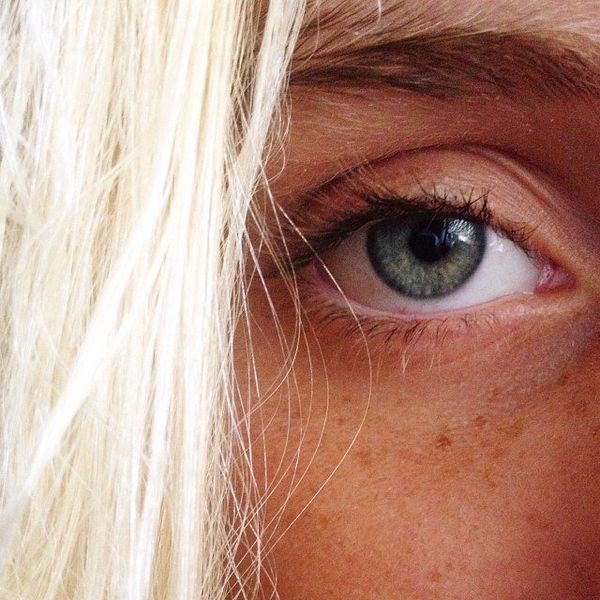It is no secret that the plus-size fashion industry is something that is often overlooked or pushed aside. It is time for that to stop.
Plus-size models start at size 8, but plus-size clothing in stores often starts between a 12 and a 14. This means that people who are shopping in the plus-sized section are looking at people who are modeling clothes that aren't even available. The plus-size fashion industry is misleading from the start.
There are many complaints with the plus-size industry. One of the major ones is that it is just boring. Once you start getting up into size 12 or 14, you lose the spark that clothes of smaller sizes have. Plus-sized clothes are often neutral tones, tan, black white, and are made with the thought that the person wearing it will want to hide their body. This means that most clothes are made to be loose-fitting or have ruffles or even built-in shapewear.
This is true of bathing suits and underwear as well. As the size increases, options increase. Lingerie is hard to find for anyone larger than an XL in most cases. Underwear losses its bows and frills and turns into nothing but thick-straps, underwire, and tan. Bathing suits are made almost exclusively to hide the body. Nearly all plus-sized bathing suit bottoms are high-waisted and nearly all the tops are long and cover the entire chest. It is also nearly impossible to find a plus-sized bathing suit in any color other than black.
The struggle to find fun and unique plus-sized pieces can be shown by the new Hulu original, "Shrill." The show stars Aidy Bryant, a plus-sized woman. When trying to put together a wardrobe to match the character's outward personality, the designers were stuck, seemingly only able to find "fashion staples" in plus-sizes. This led to the costume designer Amanda Needham having to design and make nearly everything Bryant wears on the show. There are a few pieces that are pulled from either plus-sized brands or plus-sized lines, but these items are few and far apart and are often the simplest items.
The fact that a television show that has the money and the resources to find plus-sized clothes from any brand, but still had to make their own clothes shows just how out-of-date the plus-size fashion industry is.
While a lot of "fast fashion" companies like Forever 21 do offer a plus-size line, the clothes are often fewer in number and in styles. However, high-end fashion is almost completely devoid of plus-sized fashion, often stopping at size 14 or 16, with only items like shirts and sweater going that high. However, the argument could be made that those are there not for the plus-sized people who want to buy it, but for the people who are now into the trend of wearing over-sized clothes.
Okay, great, there's a lot wrong with the plus-size fashion industry, but how do we fix it? Well, the first thing companies need to do is realize that there are plus-size people out there who do want to spend money on cute clothes, but aren't because there are none available.
Next, fashion companies have to understand that plus-sized women just want the same clothes that they offer in a size 2 to be offered in a size 16 or 18. While this will require more work than just making the pattern bigger, it is worth it for companies to do because there are women out there who want to buy it. Just look at Rhianna's Fenty lingerie line, as one example, it offers cute lingerie in sizes up to XXXL, and is a thriving business.
The fastest way to ensure that plus-size fashion is something that is easily accessible is to make sure that high-end retailers are doing it. Since they are the ones that set the trends and act as an example for everyday brands, by them putting in the effort to make true plus-size fashion, it will make its way down the fashion line into companies lived by all consumers.



















